The gravity arduino turbidity sensor detects water quality by measuring the levels of turbidity. It uses light to detect suspended particles in water by measuring the light transmittance and scattering rate, which changes with the amount of total suspended solids (TSS) in water. As the TTS increases, the liquid turbidity level increases. Turbidity sensors are used to measure water quality in rivers and streams, wastewater and effluent measurements, control instrumentation for settling ponds, sediment transport research and laboratory measurements. This liquid sensor provides analog and digital signal output modes. The threshold is adjustable when in digital signal mode. You can select the mode according to your MCU.
Specifications:
Operating Voltage: 5V DC
Operating Current: 40mA (MAX)
Response Time : <500ms
Insulation Resistance: 100M (Min)
Analog output: 0-4.5V
Digital Output: High/Low level signal (you can adjust the threshold value by adjusting the potentiometer)
Operating Temperature: 5℃~90℃
Storage Temperature: -10℃~90℃
Weight: 30g
Adapter Dimensions: 38mm*28mm*10mm/1.5inches *1.1inches*0.4inches
Interface Description:
"D/A" Output Signal Switch
"A": Analog Signal Output, the output value will decrease when in liquids with a high turbidity
"D": Digital Signal Output, high and low levels, which can be adjusted by the threshold potentiometer
Threshold Potentiometer: you can change the trigger condition by adjusting the threshold potentiometer in digital signal mode.
Examples:
Here are two examples:
Example 1 uses Analog output mode
Example 2 uses Digital output mode
Example 1
void setup() {
Serial.begin(9600); //Baud rate: 9600
}
void loop() {
int sensorValue = analogRead(A0);// read the input on analog pin 0:
float voltage = sensorValue * (5.0 / 1024.0); // Convert the analog reading (which goes from 0 - 1023) to a voltage (0 - 5V):
Serial.println(voltage); // print out the value you read:
delay(500);



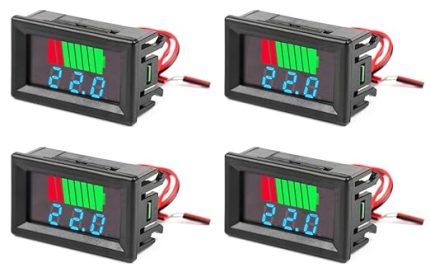



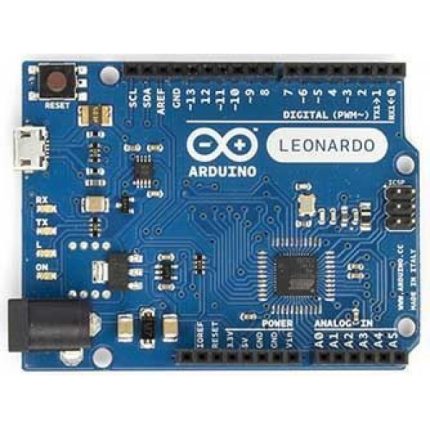

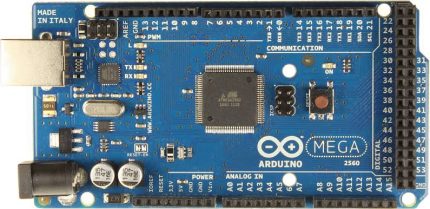

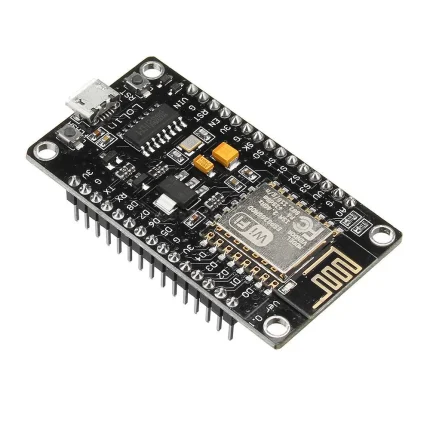

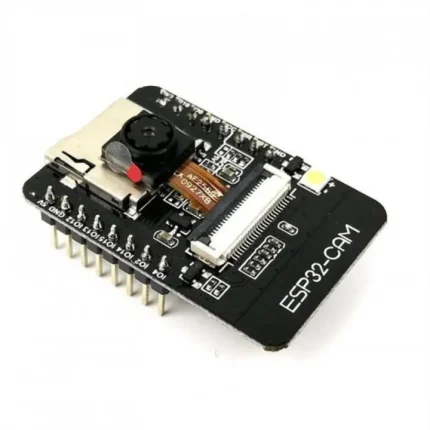
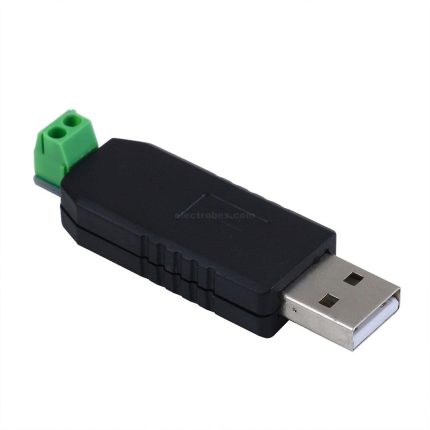
Reviews
There are no reviews yet.